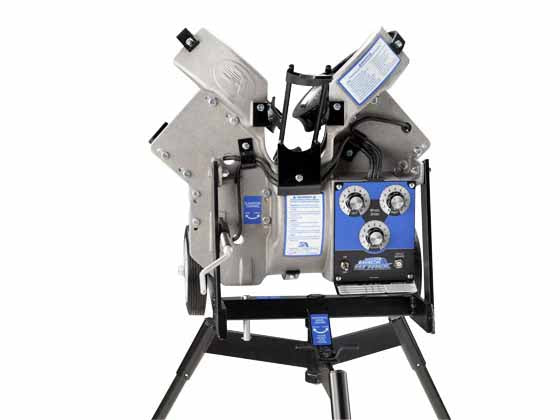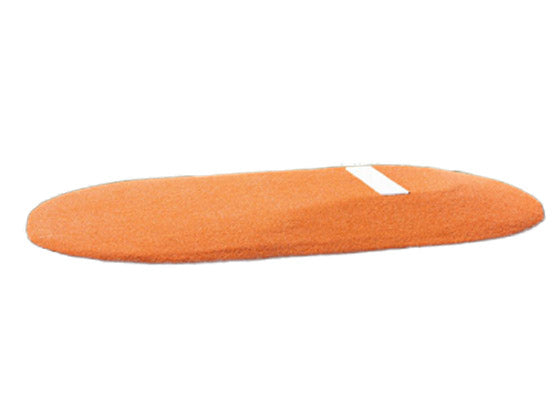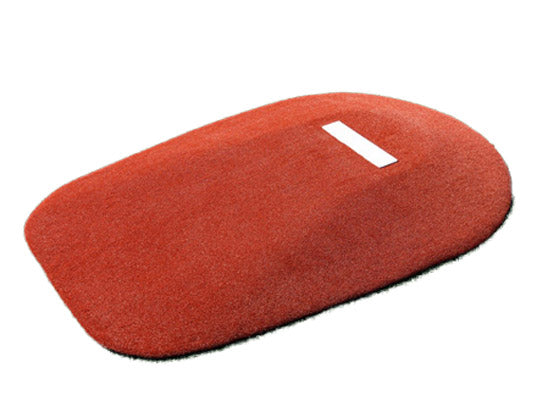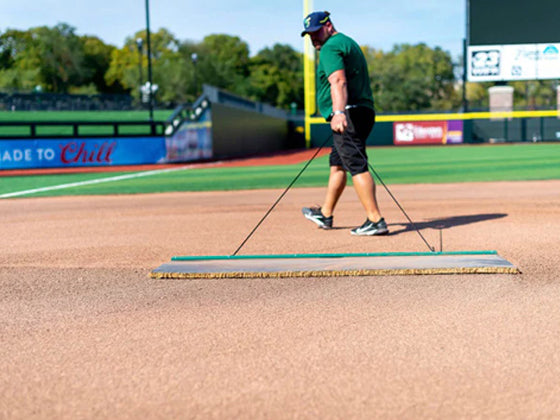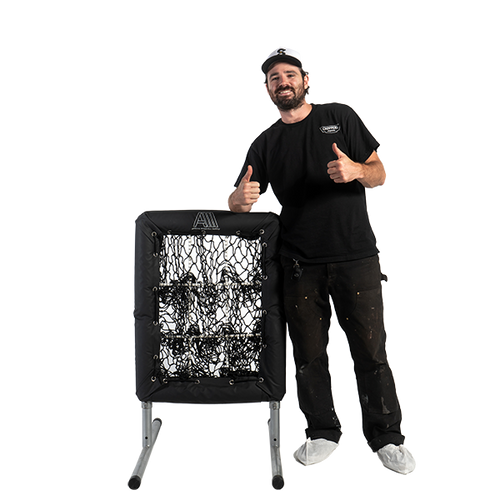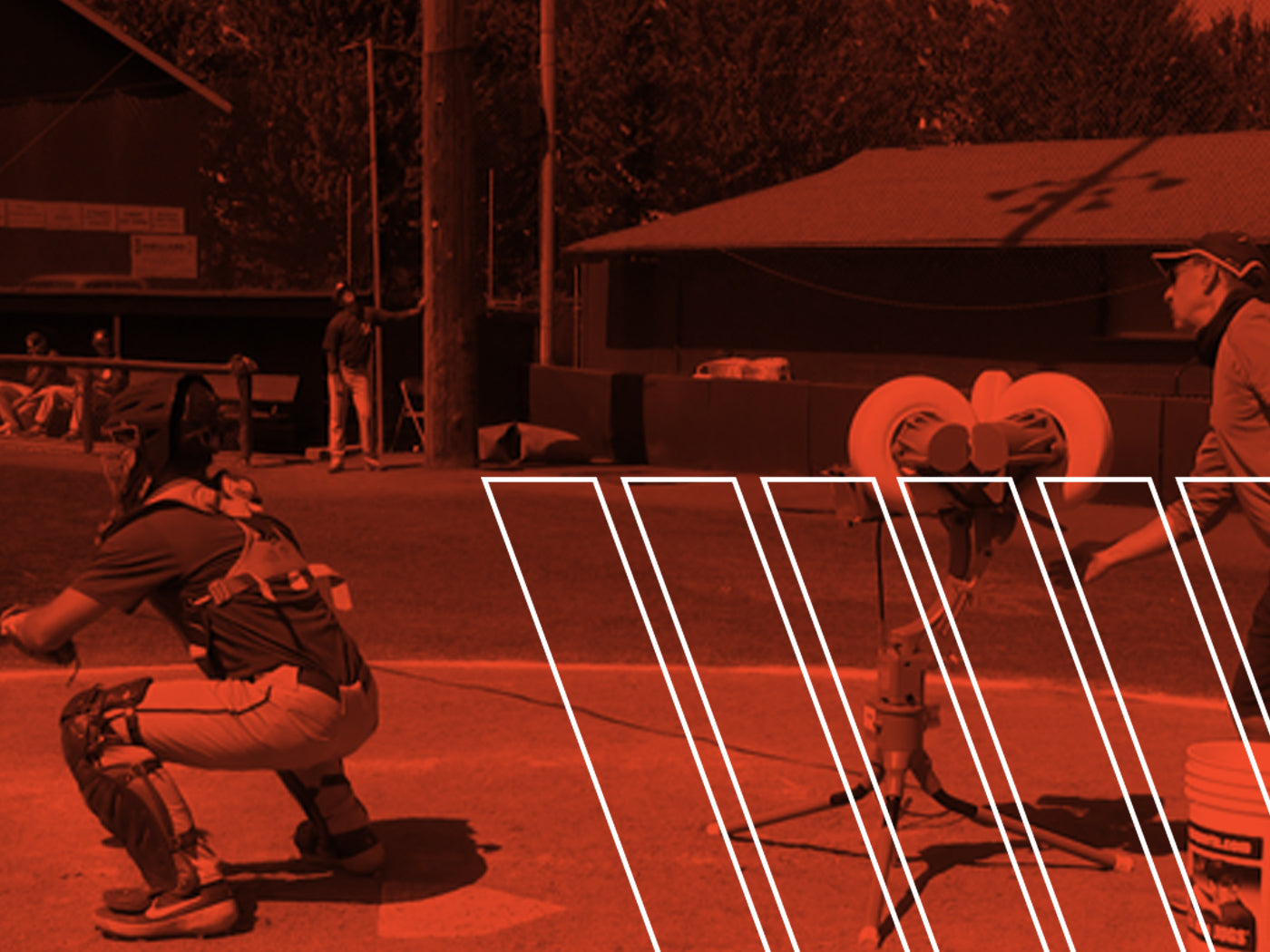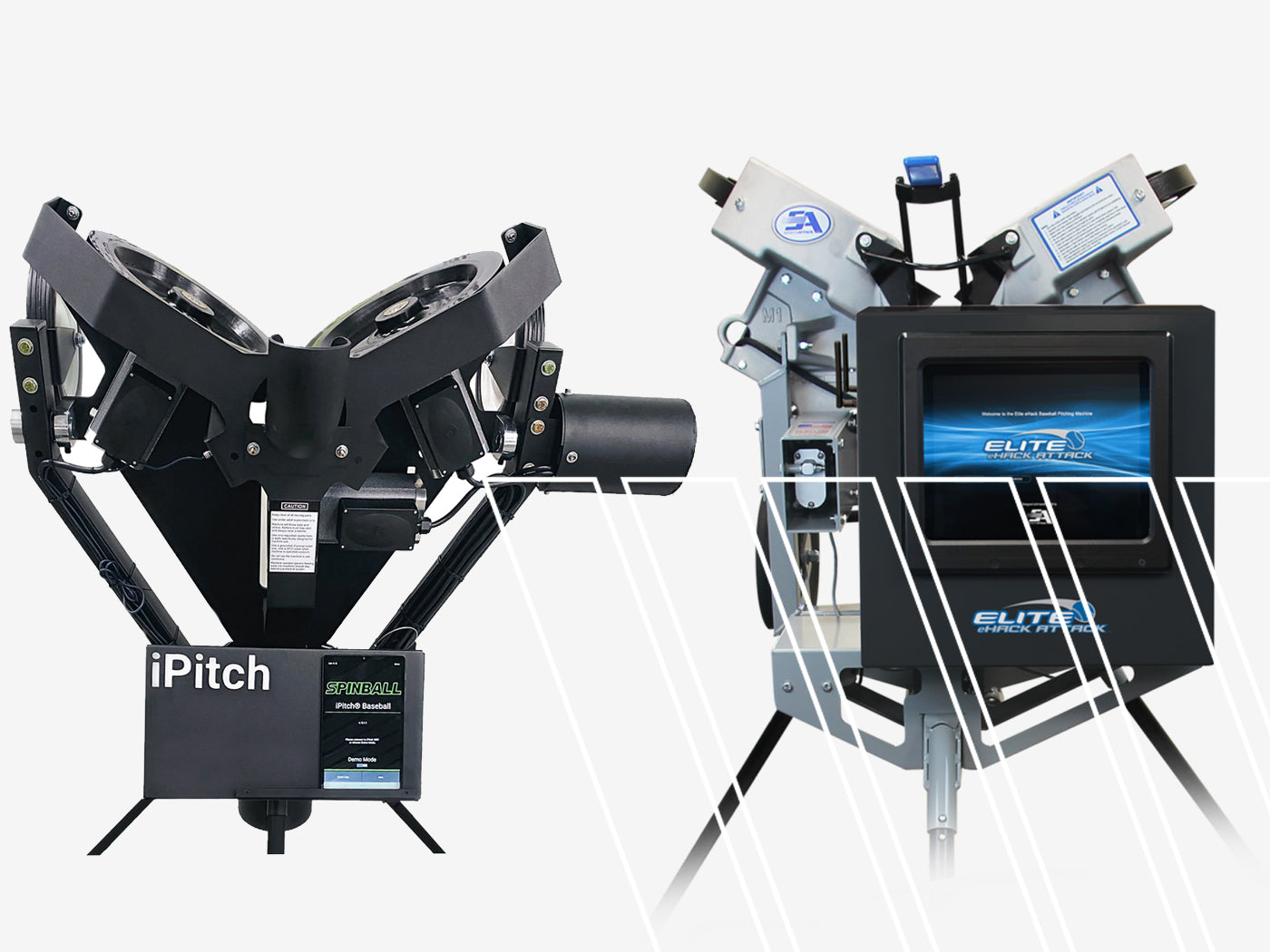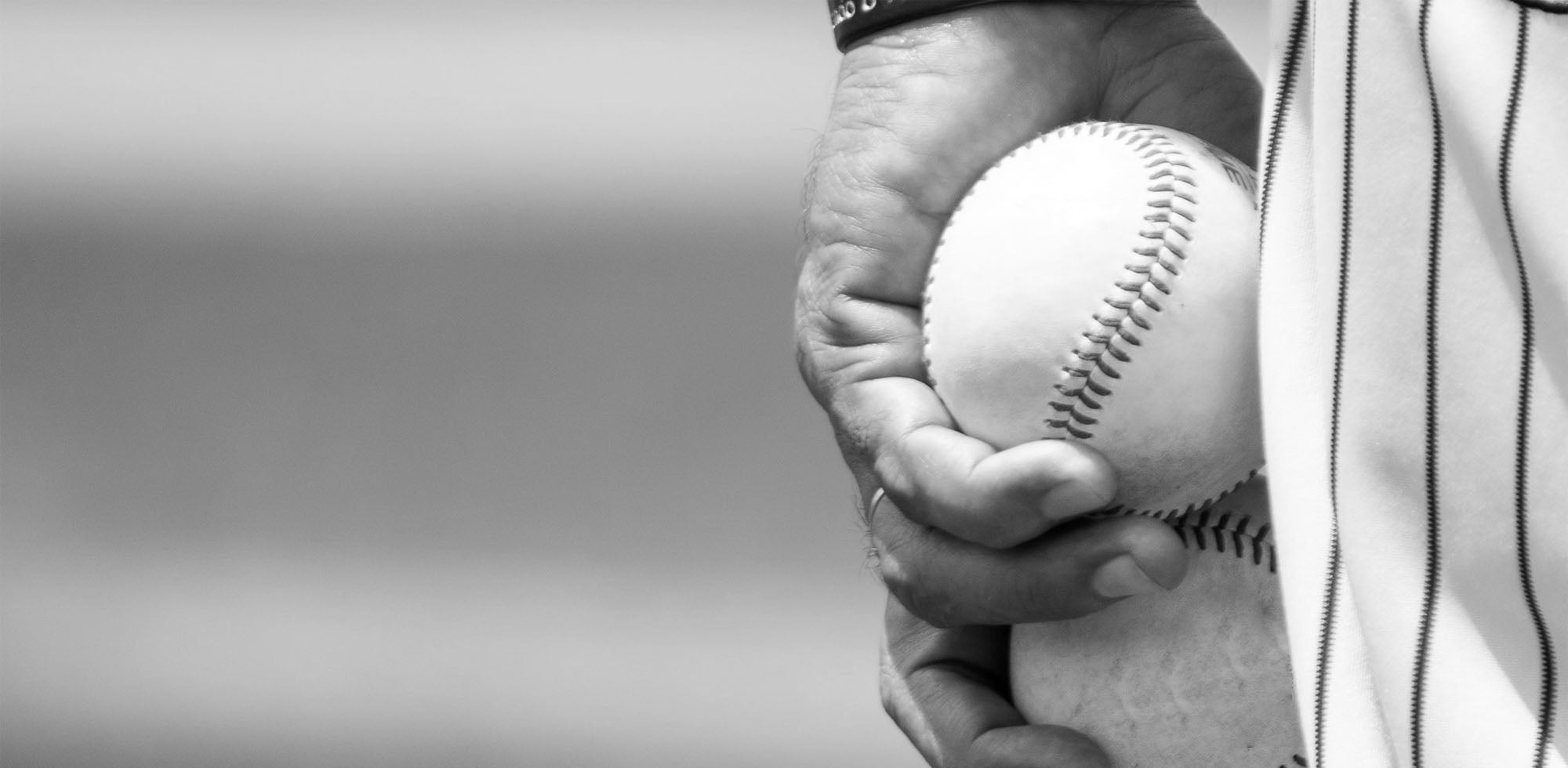Best Practices for Using Your Pitching Machine Safely
In the realm of baseball training, the pitching machine stands as a beacon of progress, a tool that sharpens skills and hones batting skills. But with great power comes great responsibility – the responsibility of safety.
What You Will Learn
In this guide, we delve deep into the heart of safety measures, ensuring that every swing and every hit comes with the assurance of player's and coach's safety and well-being. Safety isn't just a protocol; it's a cornerstone of effective training. As we navigate through the best practices for pitching machine use, remember: a safe player is a successful player.
Understanding Pitching Machine Risks
The path to baseball excellence is laden with potential risks, especially when machinery like batting practice pitching machines are involved. The risks range from minor injuries to serious accidents, often due to overlooked safety measures or improper use. A stray ball at high speed, a mechanical failure, or a line drive back to the machine operator could be catastrophic. It's not just about avoiding accidents; it's about cultivating an environment where safety is as reflexive as catching a fly ball. By understanding these risks, coaches, players, and facility operators can transform the diamond into a sanctuary of safety and learning. Real-life incidents, though unfortunate, serve as reminders and lessons on the importance of strict adherence to safety protocols.
Essential Safety Gear
Protective Screens

When it comes to pitching machine use, the right safety gear is not just an option; it's a necessity. At the forefront of batting practice safety is the L-screen, an indispensable shield for the coach or machine operator. This protective screen acts as the first line of defense against line drives hit right at the machine and operator, ensuring safety while feeding the machine. We carry all types of L-screens, with price points ranging from $200 to $900 and up. At minimum, we recommend an L-screen with #60 netting and padding around the steel frame like this Bullet L-Screen. The padding around the frame will help reduce ricochets, creating an even safer practice environment.
If you are practicing with an entire team, a field screen and a hitting turtle are also recommended. Field screens protect players in the outfield doing fielding drills and batting turtles prevent dangerous pop ups and foul tips.
Batter's Protective Gear

Equally important is the batter's armor: a batting helmet, gloves, and an elbow guard. Each piece plays a critical role in safeguarding the player at the plate. The helmet protects the head from accidental hits, gloves enhance grip and cushion the impact, and the elbow guard shields against stray pitches. This gear, when used correctly, not only prevent injuries but also instill confidence in players, allowing them to focus on their training without the looming shadow of injury.
Dimpled and Cushioned Balls

To add another layer of safety to your next batting practice, you can consider using polyurethane dimpled balls rather than real baseballs. These are made of a plastic material and hurt less than a real ball. The downside is that they don't feel or sound like a real baseball. However, their yellow color makes it easier to hit and can help players improve their hitting abilities while building confidence at the plate.
Pitching Machine Setup and Maintenance
The setup of a pitching machine is a critical component in ensuring safety during practice. Positioning the machine at an appropriate distance is paramount. This distance is not just about creating a realistic pitching scenario; it's about giving the batter enough time to react, especially to avoid potential injury from misdirected pitches. The right distance varies with the age and skill level of the players but always centers on maximizing reaction time and safety. Alongside positioning, regular pitching machine maintenance of the machine is essential. Routine checks for wear and tear, proper calibration, and ensuring all safety guards are in place can significantly reduce the risk of malfunctions. Coaches and facility managers must prioritize these maintenance routines to uphold a safe training environment. After all, the reliability of a pitching machine, much like a player's skill, hinges on the dedication to its upkeep.
Training with Proper Supervision
Effective supervision and training are the backbones of safe pitching machine use. Experienced supervision during practice sessions is not just beneficial; it's essential. Coaches and operators must be well-versed in the mechanics and safety protocols of the pitching machines. They play a pivotal role in ensuring that players use the equipment correctly and safely. Training extends beyond machine operation; it includes educating players on best practices, such as how to position themselves, anticipate pitches, etc. Regular drills on emergency procedures fortify a culture of safety, preparing everyone for unforeseen situations. This vigilant approach transforms each practice session into a safe, productive, and enriching experience.
Concluding Thoughts
In the journey towards baseball excellence, safety is the guiding star. As we've explored, safety in the use of pitching machines isn't just about the right gear or proper setup; it's a comprehensive approach that encompasses supervision, training, and creating the right environment. By adhering to these best practices, we ensure that the path to prowess is both safe and successful. Let's not just play the game; let's lead the way in making it safer for every aspiring player out there. Remember, in the world of baseball, a true victory is one achieved with safety at its core.

 Contact Us
Contact Us